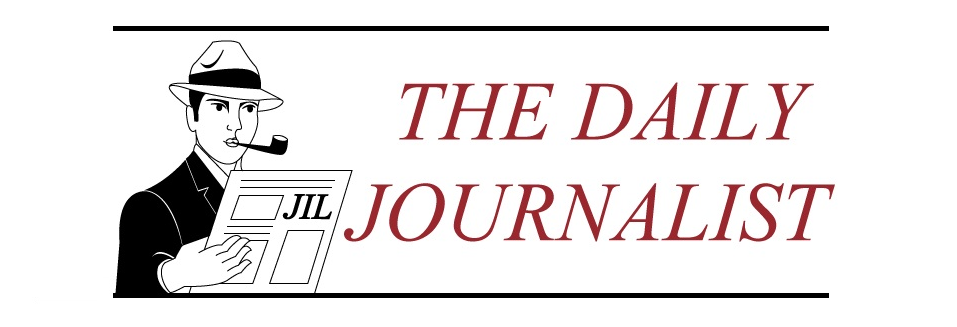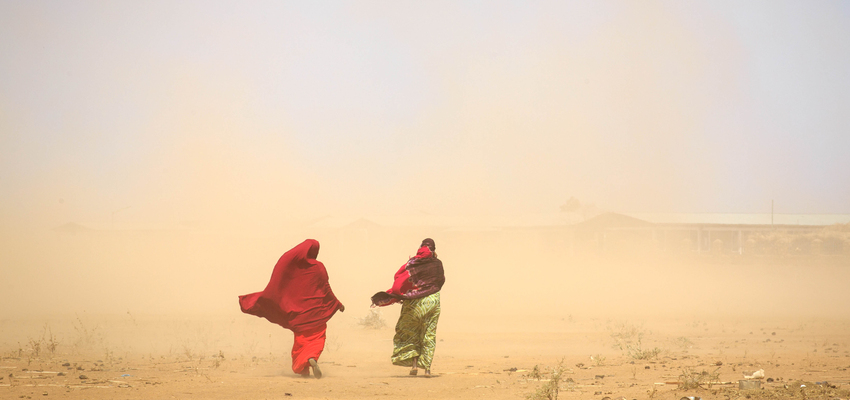Hassen, a father of 4, lives in a small village located in Halydege (Amibara), Afar region of Ethiopia. The area was one of the few grazing lands in the drought-prone region where raising livestock is a principal source of income and livelihood. The land once covered with vegetation and decorated with twigs and young shoots, however, is now dust bowl and lifeless parched barren land. The water hole that was a source of water both for Hassen’s family and animals is now filed not with water but dust.
“Most of my cows and goats died some months ago because of the drought.” said Hassen. “There was no rain in the area for long time, so there was no browsefor them to feed on. I had several herds of goats a year ago but 8 goats have now left.”
“My entire family is now in a critical situation: I do not have anything to feed them. If the situation continues this way, we are the next to die.” He added.
Ethiopia is once again in the grip of a devastating drought, with millions people in need of emergency food aid and other assistances.Failed seasonal rains have led the country where more than 80 percent of people rely on rain-fed agriculture and livestock to worst humanitarian crises. According to UN, the current drought is the worst in 30 years.
Concerned with the situation, U.N. Secretary-General Ban Ki-moon recently told to the international community that “the scale of emergency is too much for any single government” and needs collective response. Oxfam also warned the international community and said that the situation may become as bad as that of 1984 drought and famine, referring the scale of the drought and the increasing number of affected people.
Triggered by El Niño, the drought has hit most populous areas in the north, east, central and south part of Ethiopia including Oromia and many parts of Somalia. And it has destroyed harvests and killed animals driving millions into hunger across the country.
According to the government of Ethiopia, in severely affected parts of the country, most farmers saw a total failure of their harvests. And there are reports showing that more than 1 million cattle died in pastoralist areas and those cattle left are at grave risk. In some areas, families have reportedly lost over 75% of their animals that are essential for their survival.
Ethiopia has long been wracked by drought and hunger, and the ongoing crisis has resemblance to the last drought in 1984/85. Like this one, the drought and hunger in 1984/85 was the product of climate change. According to reports, the 1984/85 drought and famine was one of the worst catastrophes in modern human history and led hundreds of thousands of poor farmers to death.
Agriculture is by far the most important economic activity in the Ethiopian economy and is a principal source of income for millions. An estimated 80 percent of the population of Ethiopia is engaged in agricultural production.
The agriculture, however, is traditional and fully relay on seasonal rainfalls. More than 95 percent of the farmers don’t have access to irrigation. And, this has made the agriculture vulnerable to low rain and drought caused by climate change, according to experts. Thus, the country has long been dependent on food assistance and foreign aid.
The government of Ethiopia reported that the current drought began in 2014/2015 in the North East of the country. Then, it has continued to cover large areas in north, east, central and other areas. And, according to reports, Afar, Oromia, Tigray, Amhara and Somalia are highly hit regions and the food security of millions of people is affected.
Meher and Bele are the two main rain seasons in Ethiopia. Reports show that the two rain seasons–that supply over 80 per cent of Ethiopia’s agricultural yield and employ 85 per cent of the workforce – have not been successful since 2015.
According to a report recently released by government, in Amhara region alone, it was planned to cover 3,529,155 hectares of land for Meher production in 2015 and 3,509,708 hectares of land was prepared. However, according to the report, almost 1 million hectares of land were totally damaged with an estimated loss of 16,225,263 quintals in 2015 crop season.
Reports show that even in those relatively ‘less affected’ areas, the performance of high yielding crops (maize and sorghum) was reportedly disastrous due to Belg and Meher rain failure. According to reports, production of other crops too was adversely affected throughout the country.
Attributed to the impact of the El Niño episode, failure and poor performance of the 2015 Meher rainfall, together with the last Bele, which was below normal, has led to a drought situation not only in the North, East and Central parts of Ethiopia. This has occurred also in the South, which had never been affected by drought ever before. The Meher rainfall was reportedly very low in amount and extremely erratic throughout the season in the area.
The Ethiopian Government and Humanitarian Partners’ estimate the Number of people needing relief food assistance to be 10.2 millions. Among them 1.4 million are children. UNICEF also reported that one-quarter of all districts in Ethiopia are officially classified as facing a food security and nutrition crisis.
Reports show that there is, however, a significant difference between the demand and supply and it has continued to be a head ache to relief agencies struggling to address the crisis with limited recourses. Local reports indicate millions haven’t got any emergency assistance yet. They are still waiting for it to save their lives.
According to the Ethiopian government and humanitarian agencies, $1.4 billion in humanitarian aid and donations is needed to address the crisis. And the government has continued to plead the international community to give the needed amount of money. The amount raised so far, however, is still insignificant in relation to the need.
This story was first published at http://www.a-id.org A-id is the first Italian think tank that focuses entirely on international development.



